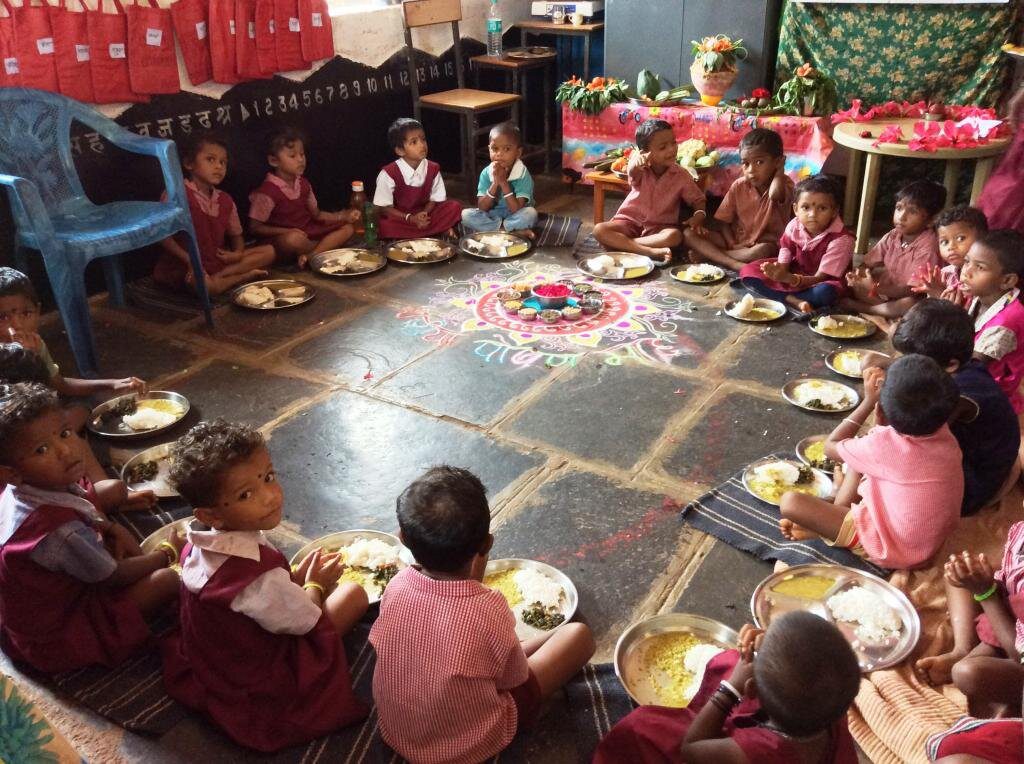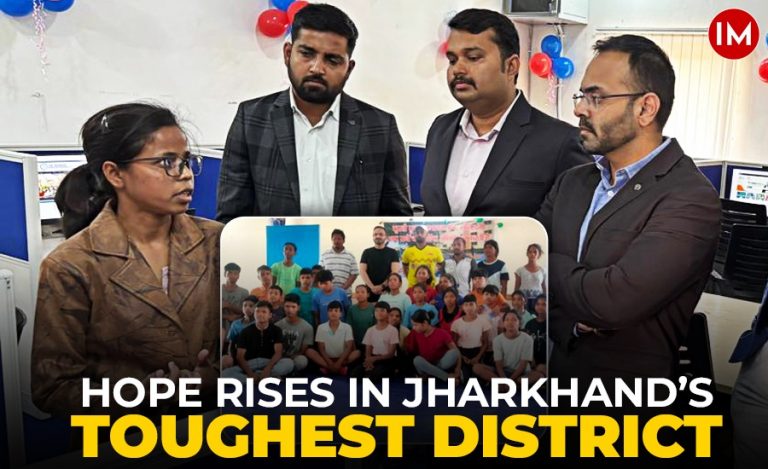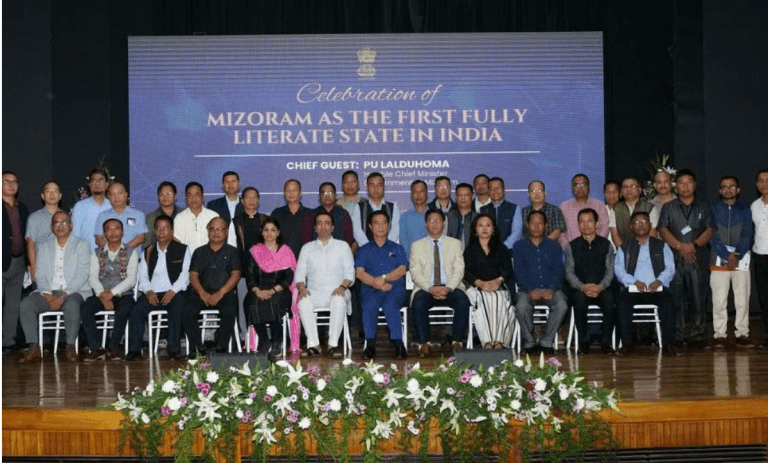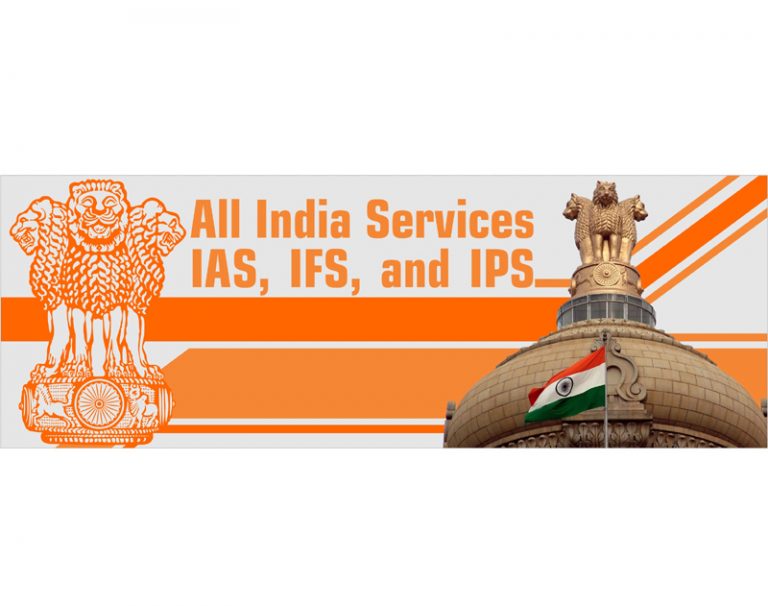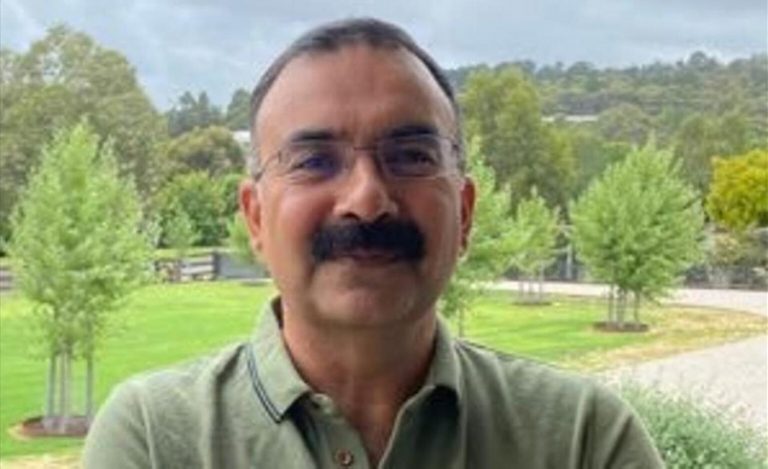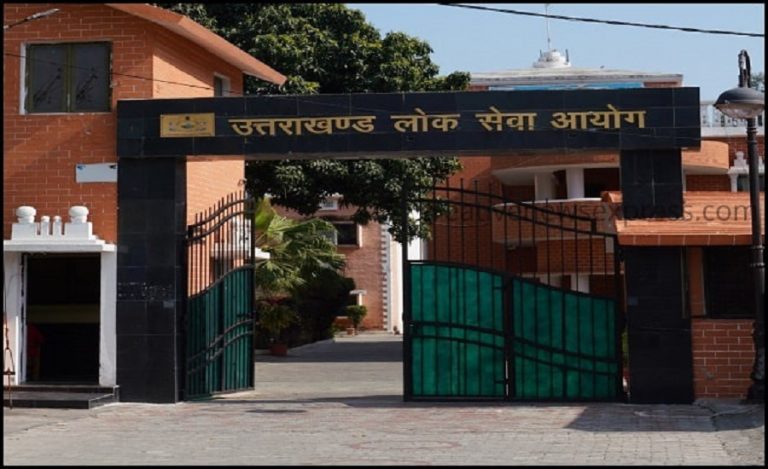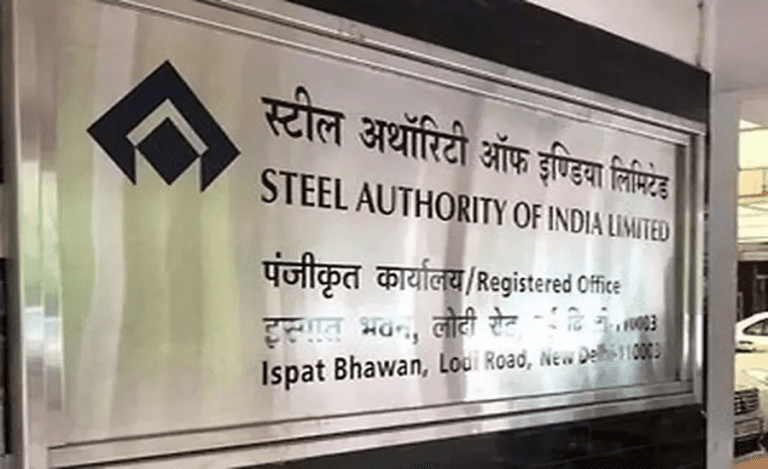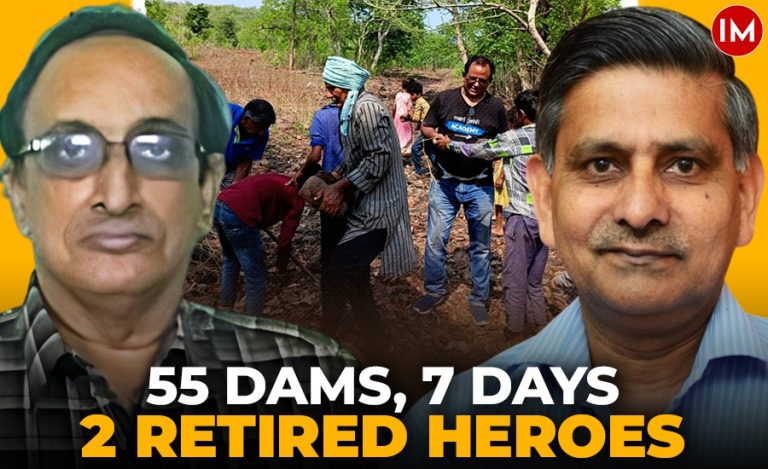When IAS officer Taran Prakash Sinha joined as the District Collector of Rajnanagaon in Chhattisgarh, the main challenge before him was the rising level of malnutrition among children and pregnant women. And because of malnutrition, the rate of anemia also rose exponentially in the past five years in the tribal naxal-affected areas. To tackle these two conditions, the officer started a timely drive against malnutrition last year which is now bearing fruitful results even in those areas where the administration faced difficulty in reaching.
Indian Masterminds spoke to DC Taran Prakash Sinha, IAS, to know more about the successful drive against malnutrition and anemia.
UNDERSTANDING THE PROBLEMS
According to the National Family Health Survey (NFHS) data, between 2015-16 and 2019-2021, the percentage of anemic children shot up from 29.7 per cent to 80.5 per cent. Nearly five years ago, 43.7 per cent of all women between the ages of 15-49 were anemic, according to the survey, as were 32.3 % of the pregnant women. This increased to 58.3 per cent in all women in the latest survey.
While speaking to Indian Masterminds, Mr. Meena said, “The majority of the affected women and children were in the remotest blocks in Manpur in the south and Chhuikhadan in the north. Apart from being tribal populated, both the blocks are highly naxal affected. The health facilities and other aids did not reach such areas in the past.”
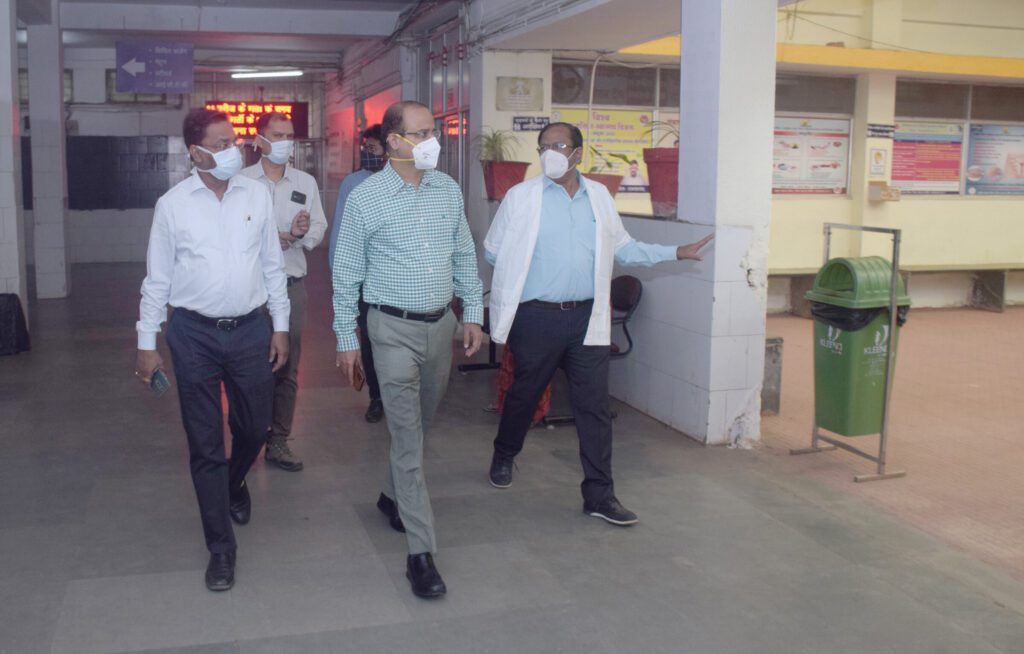
When the District Collector himself reached these areas and conducted meetings with the people and the Panchayat heads, he found out that the main reason for the rising number of affected women and children is the lack of convergence of departments and community participation. As the administration had failed earlier to connect with the people of such areas, there has been a lack of implementation in providing health facilities to them.
Mr. Sinha said, “When I spent nights in these tribal-dominated blocks, I realized that children were not getting proper diet as their parents were involved in working hard to meet the ends for the most part of the day and hence timely food was not provided. Another thing I realized was that if the community itself start participating in making local food and feeding the affected children, positive results will surely come.”
FOUR MEALS A DAY
Soon, Mr. Sinha launched a special campaign between June and September 2021 in the three tribal-dominated blocks of Chhuikhadan, Mohala and Manpur, funded through the District Mineral Foundation (DMF). The campaign is part of the larger Mukhyamantri Suposhan Abhiyan launched by Chief Minister Bhupesh Baghel in 2019 to address the issue of undernourishment in pregnant women, lactating mothers, and children.

The campaign advocated four nutritious meals a day to tackle malnutrition and anemia. A supplementary food programme was started under the DMF scheme, where food protein and iron-rich food items like eggs, fish, chikki, mahua, jaggery, etc., were provided through local self-help groups and anganwadis.
इस बार @RajnandgaonDist की दिवाली में महुए की मिठास और सुगंध भी घुली होगी। कौरिनभाठा के स्व सहायता समूह की महिलाएं महुए के लड्डूओं वाला खास गिफ्ट पैक तैयार कर रही हैं, जिन्हें बाजार में उतारा जाएगा। मुनाफ़े में उन्होंने अपने लिए उजियारे की उम्मीद कर रखी है। pic.twitter.com/s8SGjkWoJl
— Taran Prakash Sinha 🇮🇳 (@SinhaTaran) October 31, 2021
Apart from the government initiative through DMF, Rajnandgaon-based non-profit organisations like Udayachal also distribute ready-to-eat food boxes every ten days.
HEALTH FACILITIES IMPROVED
The Health Department and Women and Child Development Department were converged, and the Block Medical Officers and Block Development Officers were directed to conduct timely health checkups. Vacant posts were filled up so that monitoring could be done easily.
Health facilities were improved in all these three blocks and the Manpur Hospital, where no one wanted to work before, was made a state-of-the-art hospital with world-class facilities and adequate number of doctors. Residence, vehicle and double salary were provided to doctors for working in such remote areas. Children who were highly affected were sent to better hospitals with specialized doctors.
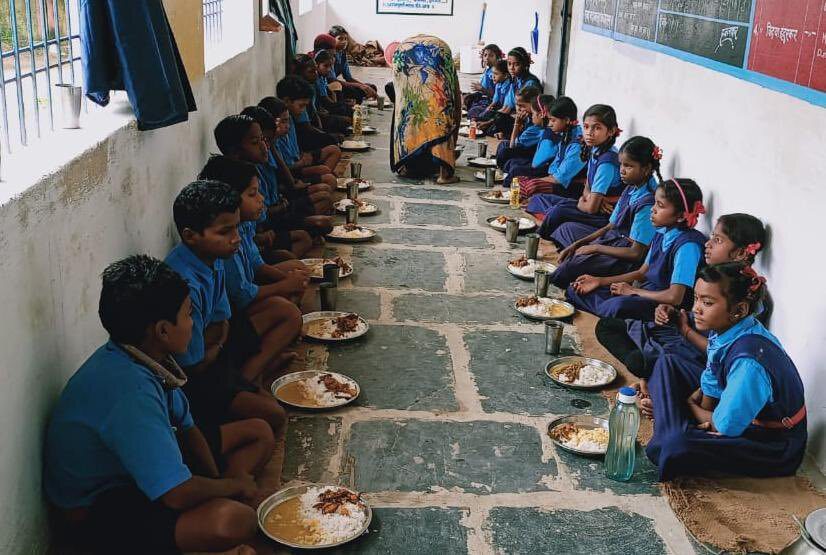
Soon the administration turned the programme into a public movement by involving the common people. All of this resulted in great improvement in the concerned areas as the cases of highly affected children went down to zero in Manpur block. Apart from this, around 90 per cent of the children gained weight, 53 per cent moved to the moderate malnourishment category and only a few children’s weight could not increase to the desired level.

